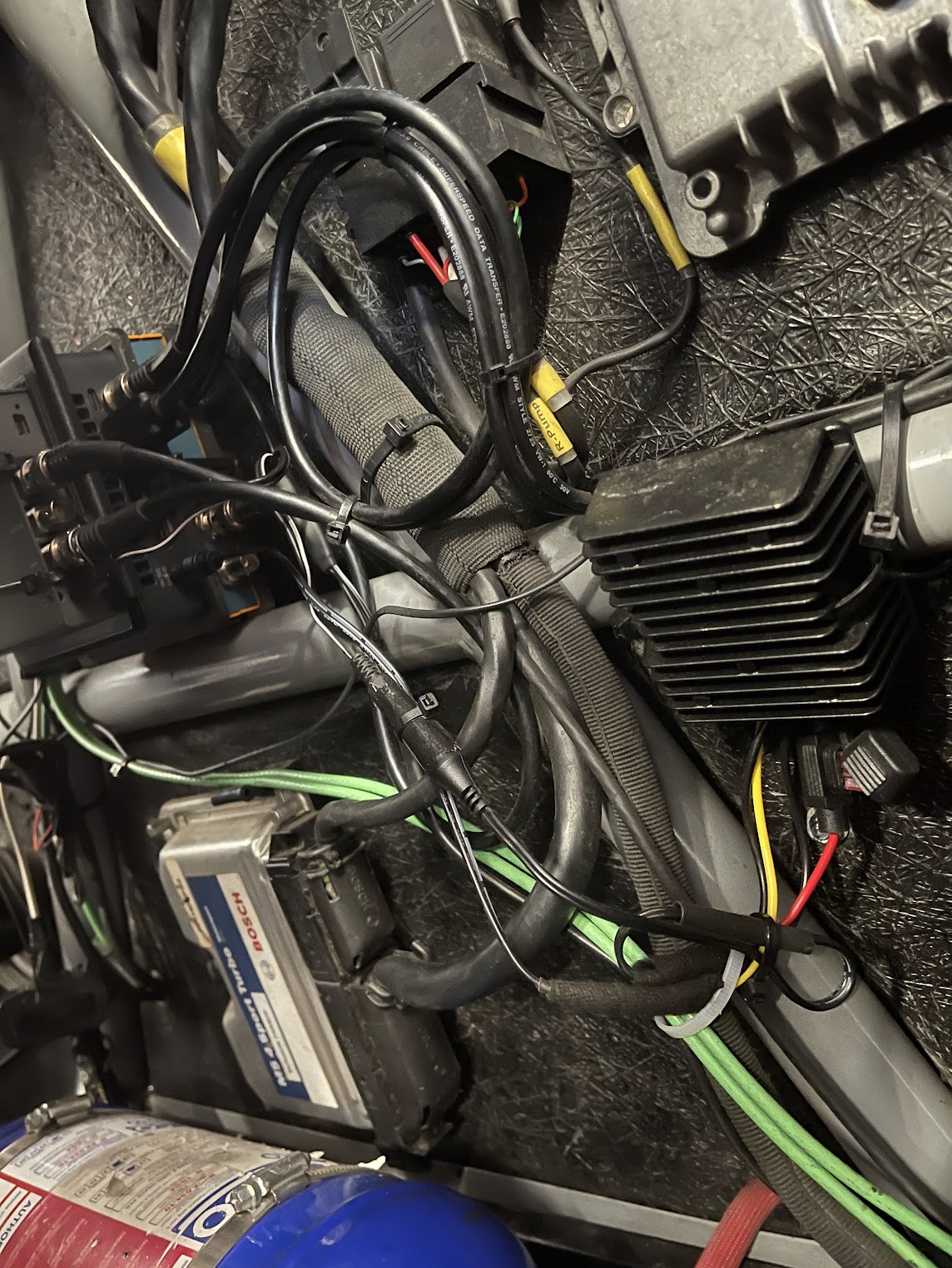Onboard Car Streaming with 4G and OBE
2021-11-19

You can find another article here
I developed an in-car video streaming solution using 4G/5G technology, working with OBE for video encoding and streaming. The setup included:
- Three onboard cameras
- A video mixer in the car to switch between camera views or create a multiview
- Streaming via OBE encoders
We used AWS services for seamless delivery:
- MediaConnect with Zixi for bonding
- MediaLive to build an HTML5 app overlay for car telemetry, position tracking, and more (backend runs on OBE encoders fetching from car CAN data)
- MediaPackage for:
- Offline recording to S3 for replay
- Scalable HLS streaming with private hosting and a paywall option
This system was deployed with the M3M Funcup team, a group competing in endurance races with sports cars on well-known tracks like Spa and Le Mans.

Why 4G/5G Streaming?
In motorsports, RF systems are commonly used for in-car streaming (e.g., Vislink, Domo). However, they come with significant drawbacks: high purchase costs, complex installation, and a lot of on-site setup time. On top of that, the cost to buy and deploy RF systems for each event can be prohibitive. For this project, we found that a 4G/5G-based solution was much more cost-effective:
- ~3000€ for the entire kit (cameras, switcher, encoder, modems)
- ~300€ per weekend for 4G/5G data and AWS cloud services
This covered practice, qualification, and the race itself, including endurance events that span over 24 hours.

The gear is visible here, 3 pieces:
- the NUC with SDI inputs (from the mixer)
- the video mixer (ingest 3 cams and output a single signal to NUC)
- audio embedder (to have various sounds from pilots, motor sound, etc.)
- (not visible) 2x4G USB modems for bonding and streaming on public internet to AWS
The location is:
- behind the seat
- other side of this wall is the motor
Why OBE Over Other Streaming Solutions?
After experimenting with alternative "backpack like" solutions. We found that they worked well for static environments like news broadcasts or similar static events, but struggled when applied to high-speed scenarios.
Specifically:
- At high speeds (200 km/h+), data transmission would often fail.
- Video drops would result in a black screen or artifacts
- Slow recovery times led to long periods of artifacts or total loss of signal, which was unacceptable during a live race (never ending loop)
This is where OBE stood out:
- Software-based flexibility: OBE runs on almost any appliance, which allowed us to also run additional software (e.g., telemetry integration) alongside the encoder.
- Resilience under pressure: OBE is designed for 24/7 streaming in data centers, so it handles fast recovery times after a failure, just like RF systems. Unlike hardware encoders, which are slower to recover, OBE bounced back quickly without prolonged disruptions.
- Robust performance: The encoder performed reliably even under high-speed conditions, avoiding the "infinite loop" of signal loss and recovery we experienced with other solutions.
- Full control: Being software-based, OBE offers more control over configurations, making it possible to tweak performance settings in real-time.
- Scalability and low latency: It delivered flexibility, robustness, and low latency, all of which were crucial for this kind of dynamic, high-speed environment.
Additionally, OBE’s support team was exceptional—deeply knowledgeable, focused on technical performance, and free from the marketing hype often found with other providers.
If any of this resonates with you, feel free to reach out and write an email.